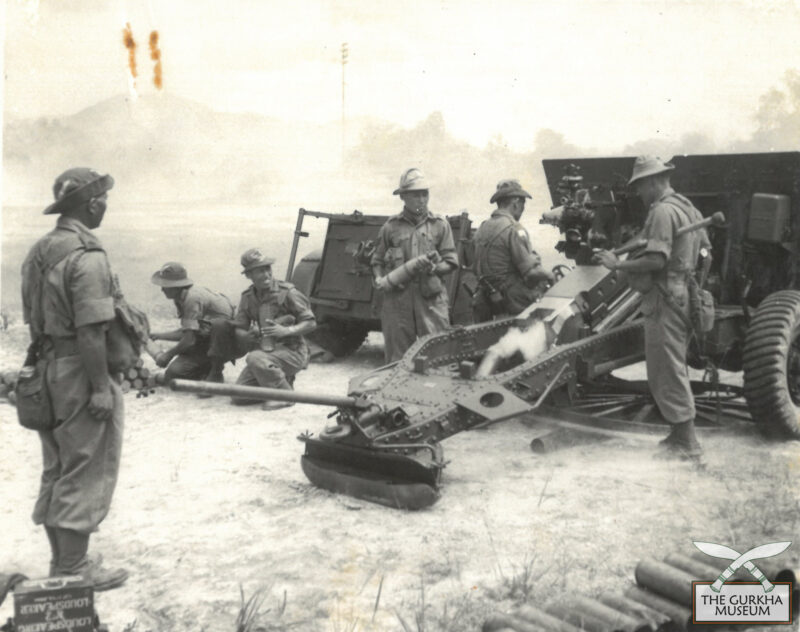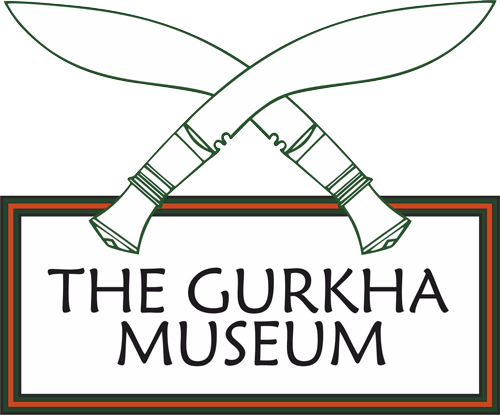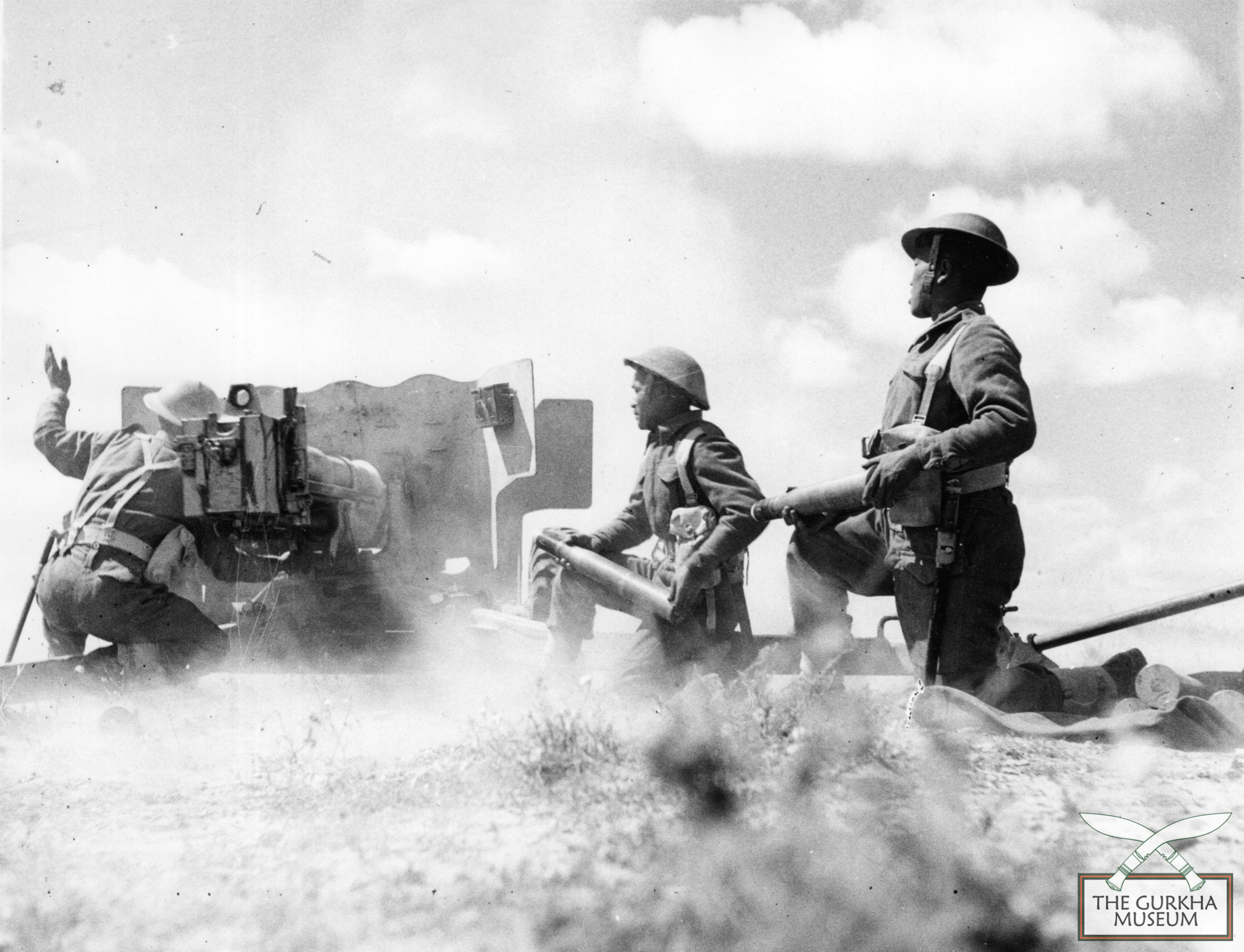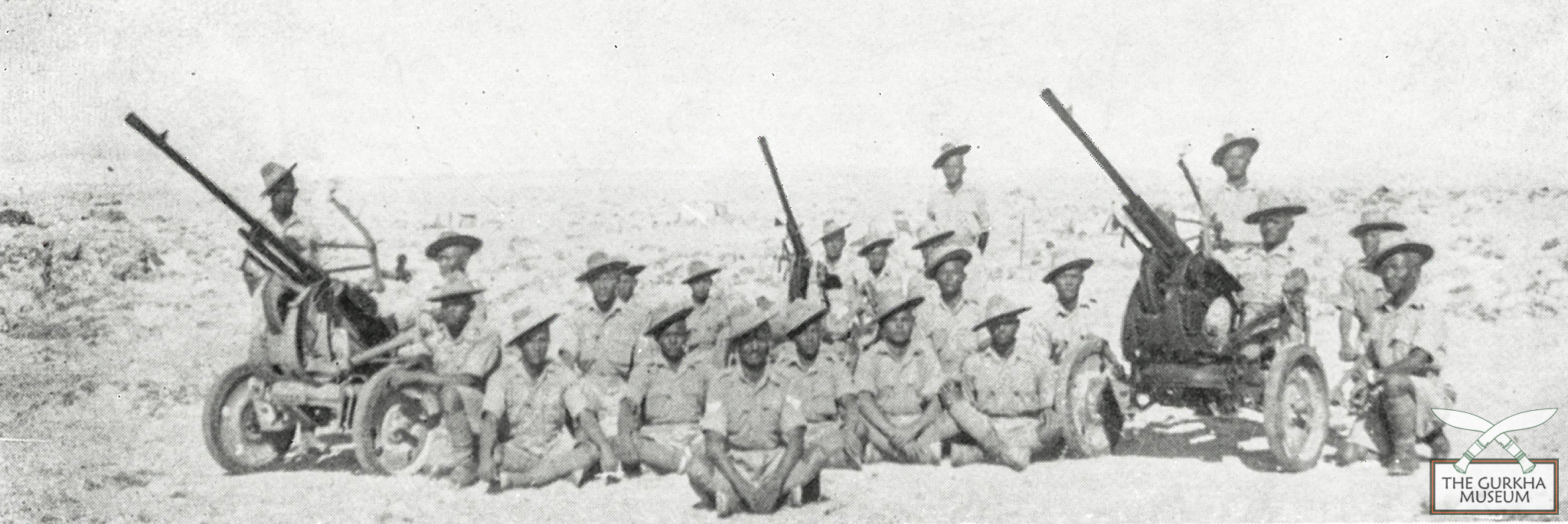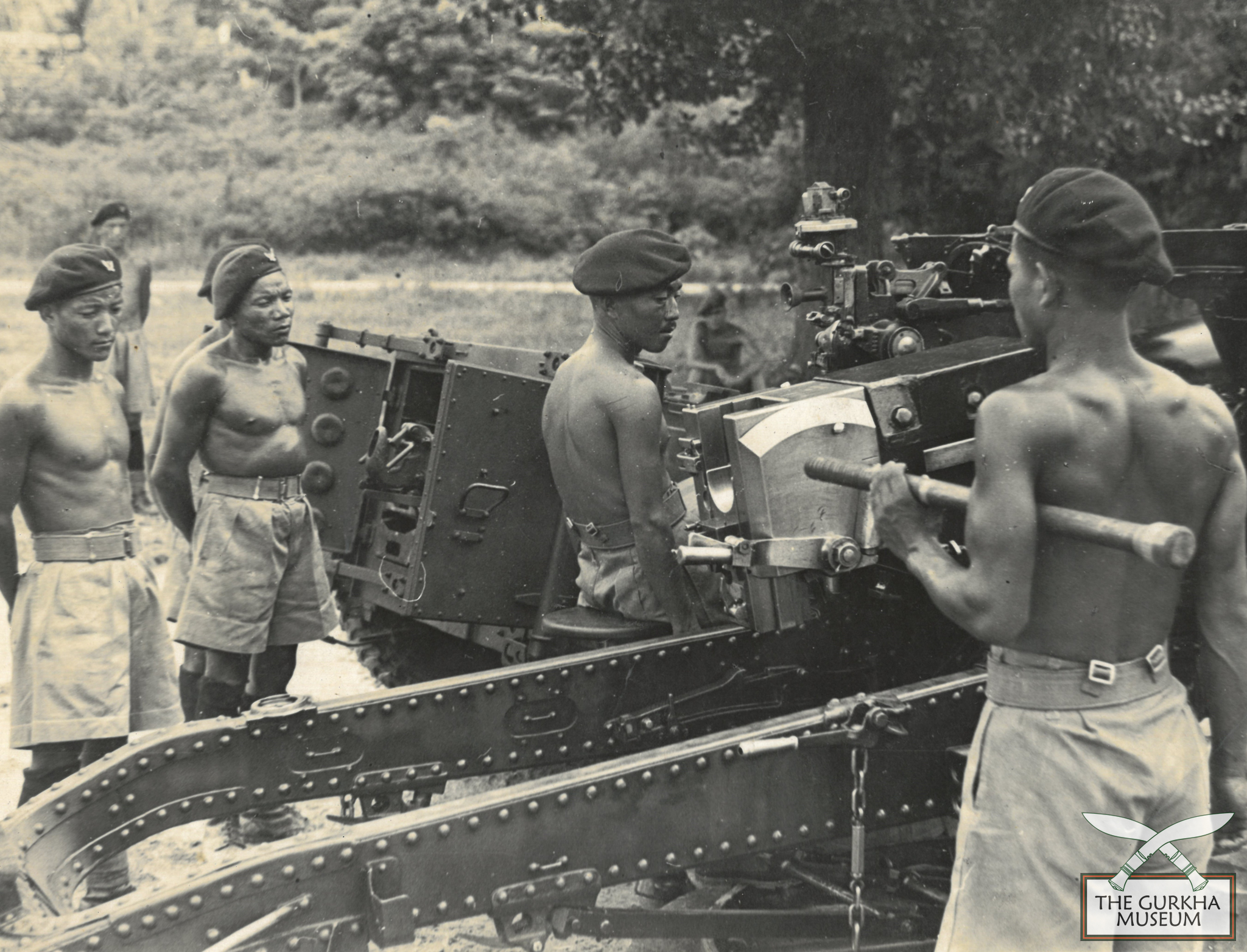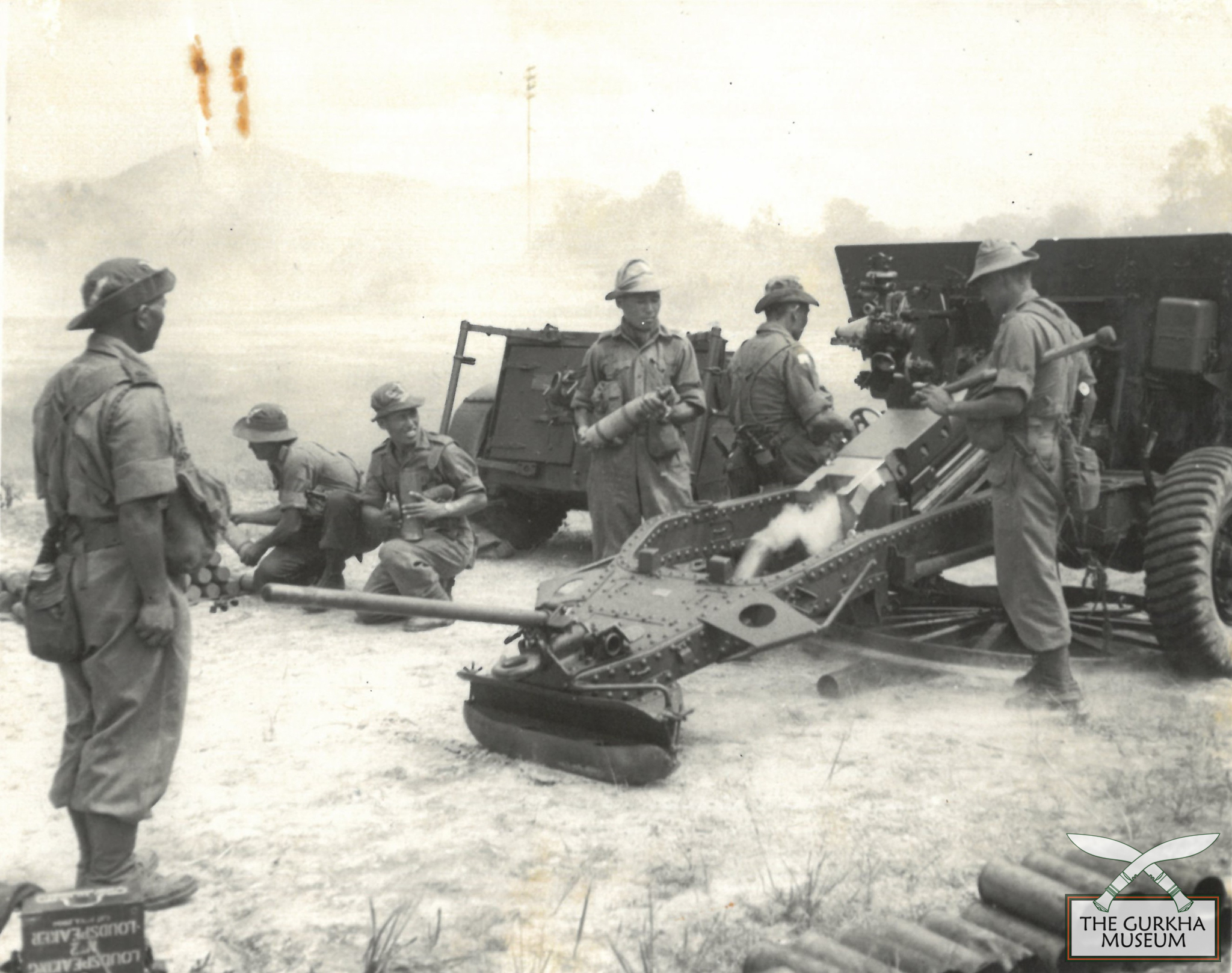The Brigade of Gurkhas has rightly earned a reputation as being amongst the finest soldiers in the world, and the formation of The King’s Gurkha Artillery recognises the outstanding contribution that they have made, through their years of dedicated service.
Introduction
On 28 April 2025 the UK Secretary of State for Defence announced the establishment of The King’s Gurkha Artillery (KGA). This will be a new unit in the Brigade of Gurkhas and will be integrated into the Royal Regiment of Artillery. A new Gurkha capbadge has also been created – the first in 14 years – to represent the new unit and specialisms. Gurkhas who join the KGA will initially be trained on the Archer and Light Gun artillery systems.
This is not the first time a Gurkha artillery unit has been created, neither will this be the first time Gurkha soldiers have been trained on artillery guns. To mark the KGA’s formation The Gurkha Museum Trust will summarise the history of the Gurkha Gunner.
1875 – 1939
The late Field Marshal Sir John Chapple, in his work The Lineages and Composition of Gurkha Regiments in British Service, documented instances of Gurkhas serving in artillery units during the late 19th and early 20th centuries. During the years 1875 and 1876, two Gurkha soldiers served in the Bombay Artillery. Chapple noted that by 1918, the number of Gurkhas serving in artillery units had increased to 85 following the First World War but then decreased to 30 by 1921.
However, during this period, some Gurkha rifle regiments had an artillery component of their own. In 1884, the 6th and 8th Gurkhas (both antecedents of today’s Royal Gurkha Rifles) each received a complement of two 7-pounder mountain guns, which both chose to to nicknames Bubble and Squeak.
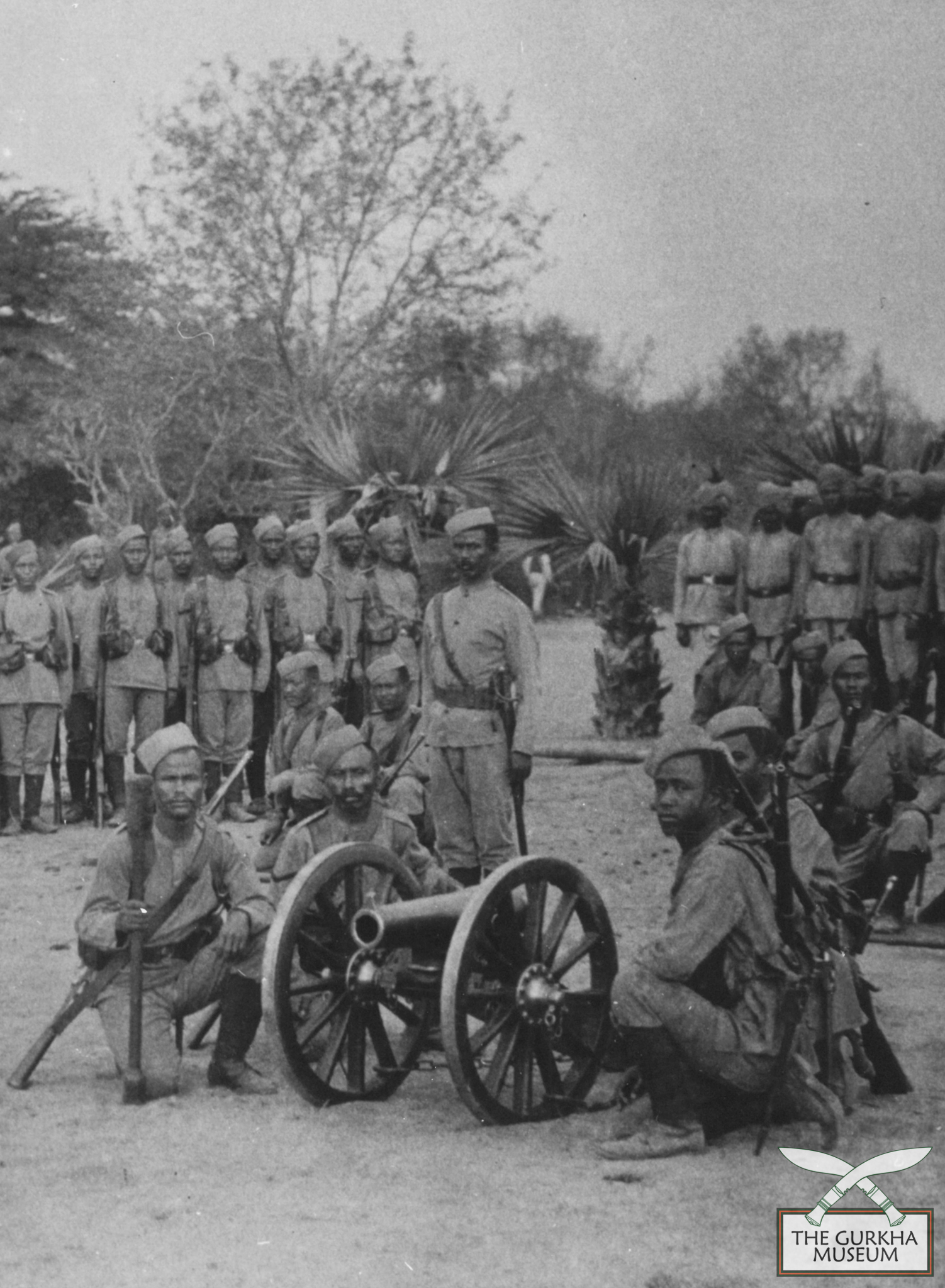
Gurkha Gunners with their 7-pounder mountain gun, c.1900.
The guns had a specially trained team of Gurkhas to operate them. Over the following years, these guns accompanied the Gurkhas on several campaigns, where they proved useful in blasting down enemy defences. The final time the 8th Gurkhas used their mountain guns in active service was during the Arbor Expedition of 1911 on the North-Eastern Frontier of India. On 3 December 1911, the guns were used to great effect against on a stockade held by Arbor fighters.
Although these guns were subsequently withdrawn from active service, Bubble and Squeak, continued to hold sentimental significance to their Gurkha units. For many years, the 1st Battalion, 8th Gurkhas transported Bubble and Squeak with them wherever they were garrisoned. The guns would be fired as part of their Dashain celebrations.
…………..
